From Cairo to the NAC: Egypt Builds a New Capital City
From Cairo to the NAC: Egypt Builds a New Capital City On July 11, 2018 Egyptian President Abdel Fatah al-Sisi laid the first stone of what was to become Egypt’s new capital. The city is…
9 Apr 24 · 11 mins read
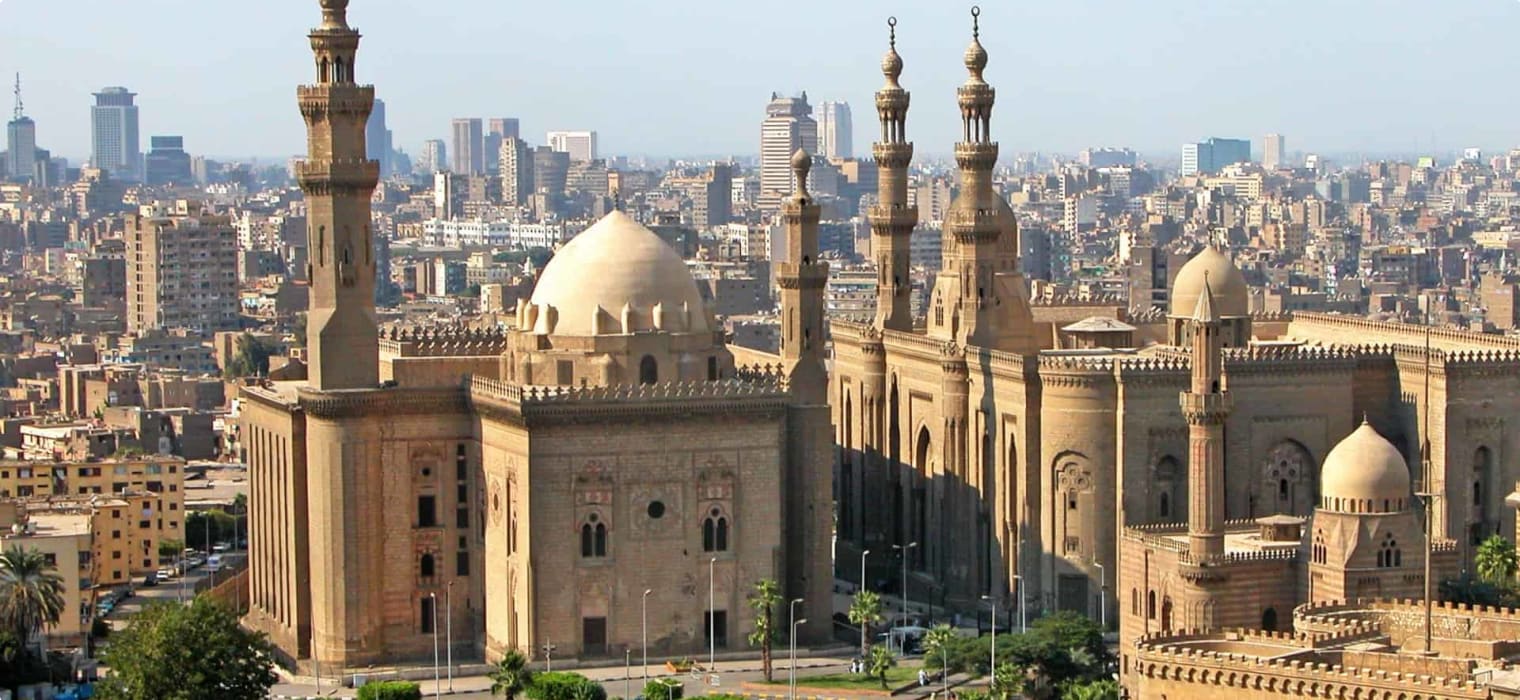
From Cairo to the NAC: Egypt Builds a New Capital City
On July 11, 2018 Egyptian President Abdel Fatah al-Sisi laid the first stone of what was to become Egypt’s new capital.
The city is so new it still does not have a name. Currently called the New Administrative Capital or NAC, the area covers 170,000 feddans (or 714 square kilometres, roughly the size of Singapore) and will house Egypt‘s government and financial district. Thirty-four government districts, including the presidential palace, are expected to move to the new capital by June 2019.
Other countries have done this before. Brazil, for example, moved its capital in 1960 from the coastal city of Rio de Janeiro to Brasilia, a city planned from scratch and built at the top of Brazil’s highlands. Abuja, a planned city built in the 1980s, replaced Lagos as Nigeria’s capital in 1991.
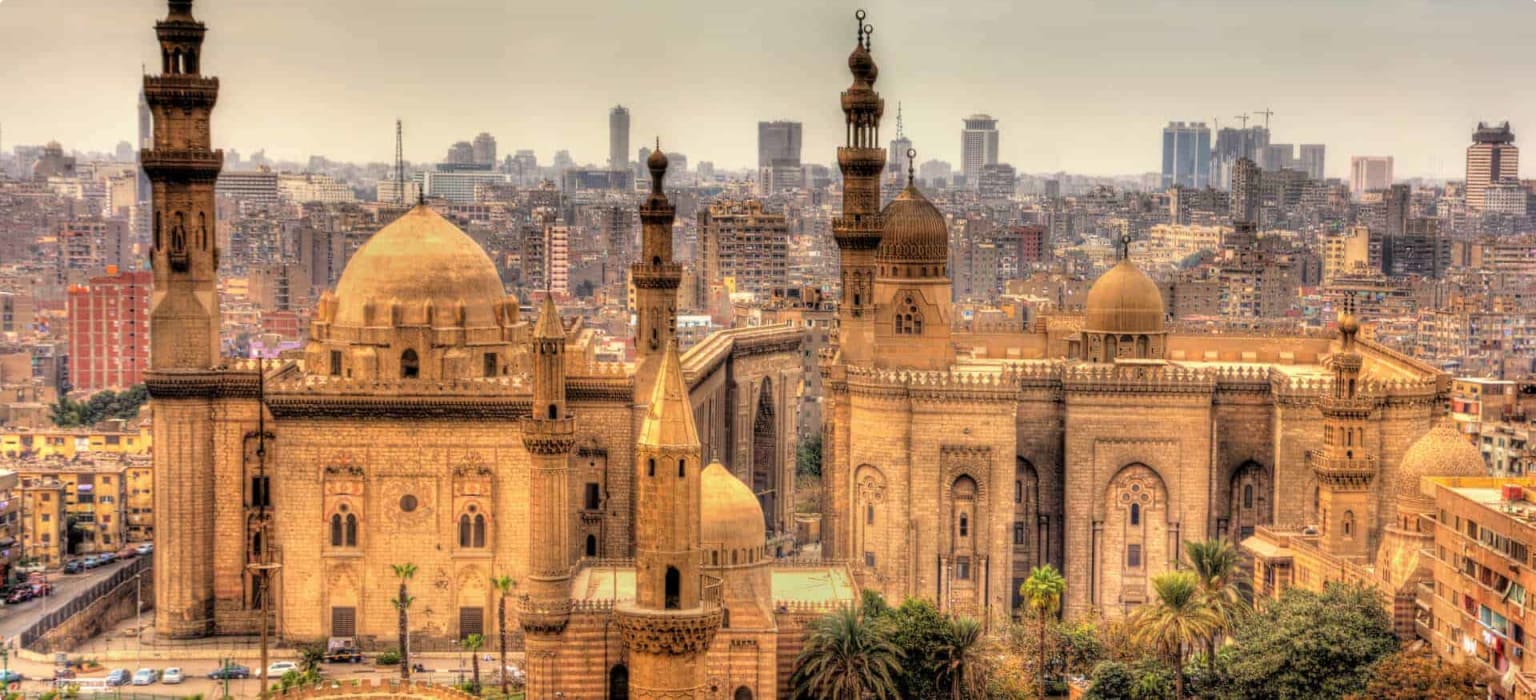
Ending Cairo’s thousand-year reign as capital
Developed in response to Cairo’s congestion and swelling population, the NAC is expected to have 350,000 housing units and thousands more of public facilities (schools, hospitals, entertainment centres) to accommodate 6.5 million people. The megalopolis is envisioned to be Egypt’s first “smart city”, blending high technology with a planned green space to rival New York’s Central Park.
Egypt’s move to a shiny, new capital will end Cairo’s thousand-year reign as the country’s centre. Cairo (Arabic Al-Qāhirah, “The Victorious”) has been the capital of Egypt since the year 969. Now one of the largest cities in Africa, Cairo is home to around 18 million people, a population projected to swell to 40 million by 2050.
As surprising as the move was, this is not Egypt’s first time to change capitals. Read on as we trace the roots of this amazing city.
This is written as a backgrounder for our Egypt tours for seniors. Travel with like-minded people as you visit the Giza Pyramids, Luxor Temple, and modern Egypt.
This small group tour focuses on the history and culture of ancient Egypt, designed especially for mature-aged and senior travellers. A different tour operator may simply survey the archaeological sites and monuments to the Pharaohs and the Giza pyramids. Our Egypt tour, however, also visits contemporary feats such as the Aswan Dam and lets us witness landmarks of the contemporary Egyptian experience, such as Tahrir Square.
Visit Egypt with Odyssey Traveller on this unique travel experience as we weave through the Egyptian desert landscapes from Luxor to Aswan, and discuss the country’s present-day experiences and accomplishments.
Cairo: Modern and Ancient
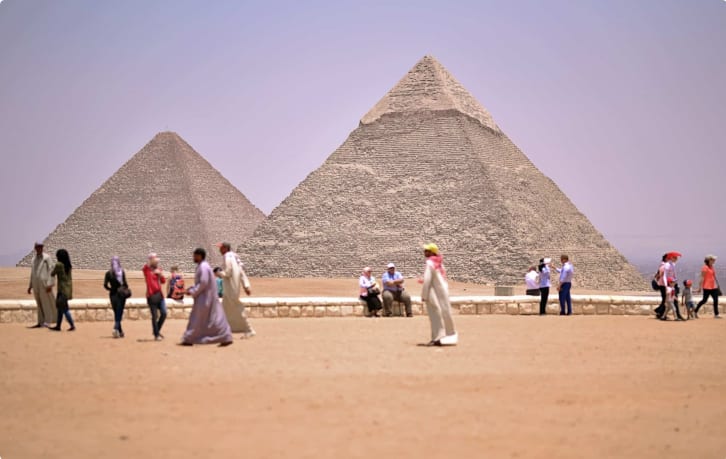
Founded on the east bank of the life-giving Nile, Cairo straddles the ancient and modern worlds. At the edges of the bustling urban centre stand the Pyramids of Giza, the obelisk marking the site of the Lower Egypt capital of Heliopolis, and numerous architectural monuments from ages past.
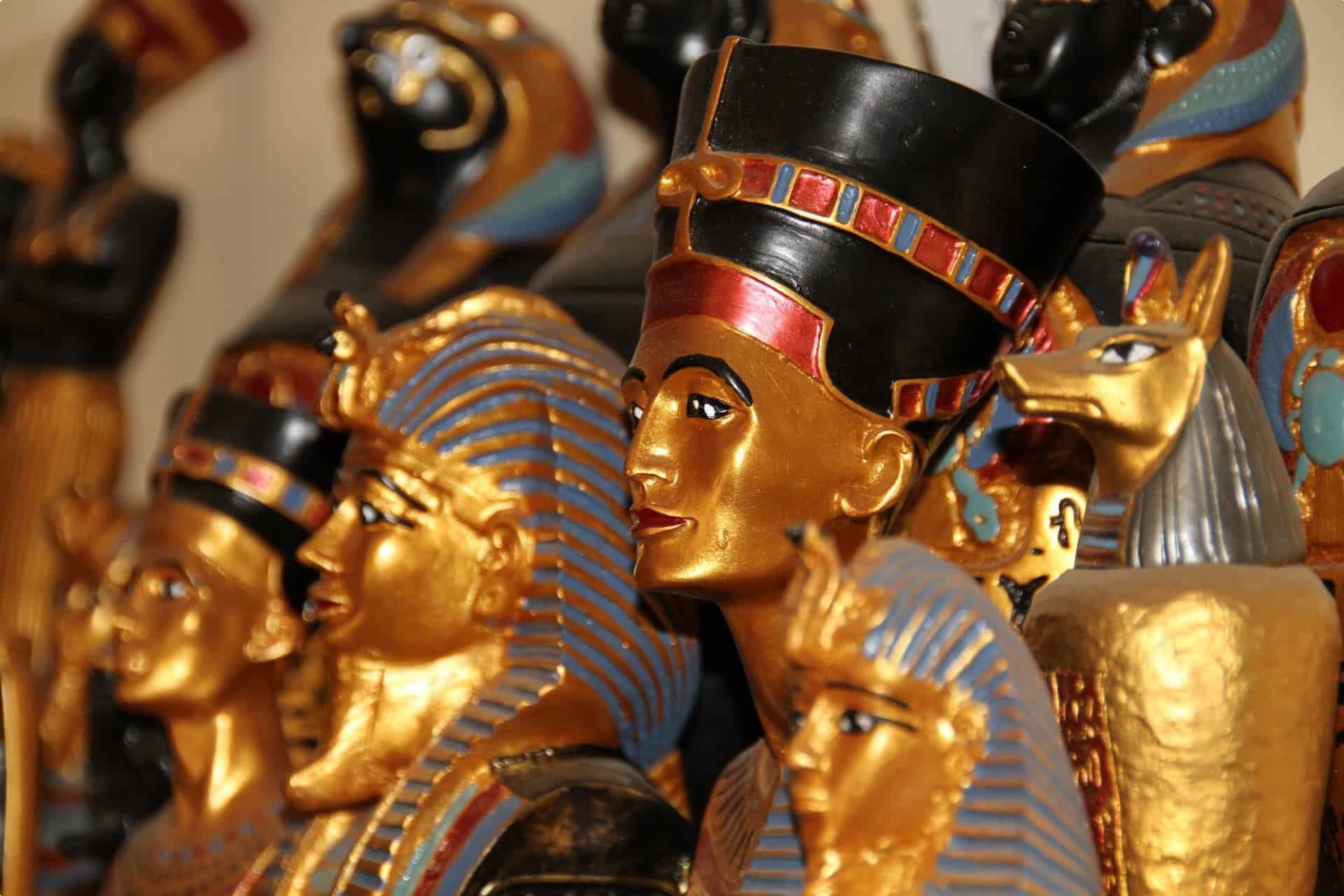
Historic Cairo, composed of five separate areas of the old city in the heart of the modern metropolis, was designated a UNESCO World Heritage site in 1979. It is one of the oldest Islamic cities in the world, reaching its zenith in the 14th Century. Historic Cairo now has hundreds of registered historic monuments spanning a period of 1,300 years, including mosques, madrasas, hammams, fountains, and fortifications.
Memphis
The original site of Egypt’s ancient capital was actually 24 kilometres (15 miles) southwest of modern-day Cairo, in the ancient city of Memphis. Now largely in ruins, Memphis used to be a bustling city founded, according to tradition, around 2925 BC by Menes, the legendary king who first united the two prehistoric kingdoms of Upper and Lower Egypt.
The name “Memphis” is a Greek version of the Egyptian Men-nefer, which is the name of a pyramid built in honor of the 6th Dynasty King Pepi I. Another term for Memphis, Hut-ka-Ptah (“mansion of the ka of Ptah”; ka means soul and Ptah is the local god of Memphis), translates to Aigyptos in Greek, a name later applied to the country (“Egypt”) as a whole.

Memphis was destroyed during a siege of invading Assyrians around 680 BC. Assyria collapsed sixty-eight years later, in 612 BC, leaving Egypt independent–but only briefly.
In 525 BC, the Persians took Memphis, putting Egypt under Persian rule for more than a hundred years. When Alexander the Great marched into Egypt with his army composed of Macedonians and Greeks in 332 BC, the Egyptians were on the verge of overthrowing the Persians and welcomed Alexander as a liberator. He took Egypt without a fight and used Memphis as his headquarters. A sizeable Greek population began to call Memphis home.
Alexandria and the Ptolemaic Dynasty
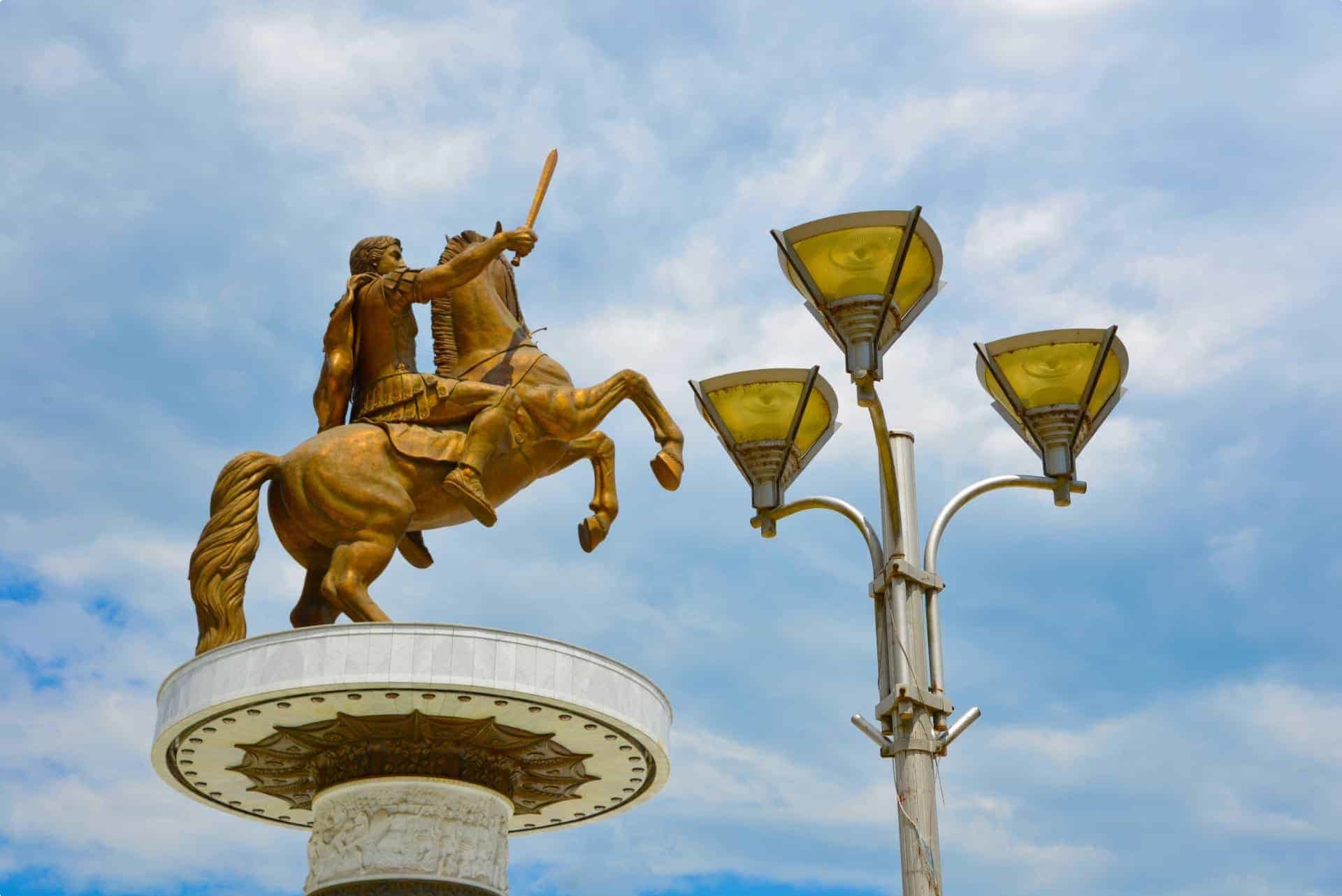
After Alexander’s death in 323 BC, Egypt came under the reign of the Ptolemaic Dynasty, which ruled the country for three centuries. They didn’t use Memphis as their base, however. Instead, they ruled from the capital city of Alexandria, the port city founded and designed (and named) by the Macedonian conqueror.
Ptolemy I Soter (“Saviour”), the first ruler of the dynasty, was Alexander’s childhood friend and general. He brought Alexander’s body back to Alexandria to be entombed, and emerged victorious in the succession war that followed Alexander’s untimely death. Ptolemy proclaimed himself pharaoh of Egypt and ruled from the city where his friend was buried. Ptolemy I is now remembered as the creator of the Library of Alexandria, the largest library of the ancient world.
According to historians, the Ptolemaic pharaohs, sequestered in this Greek city in the midst of the African country they rule, remained Greek in language and traditions. Cleopatra VII Philopator (“Father-Loving”, a common royal epithet among the Hellenistic monarchs), the last Ptolemy to rule Egypt, was the only member of the dynasty to venture out of Alexandria and who took the time to learn and speak the native tongue of her constituents.
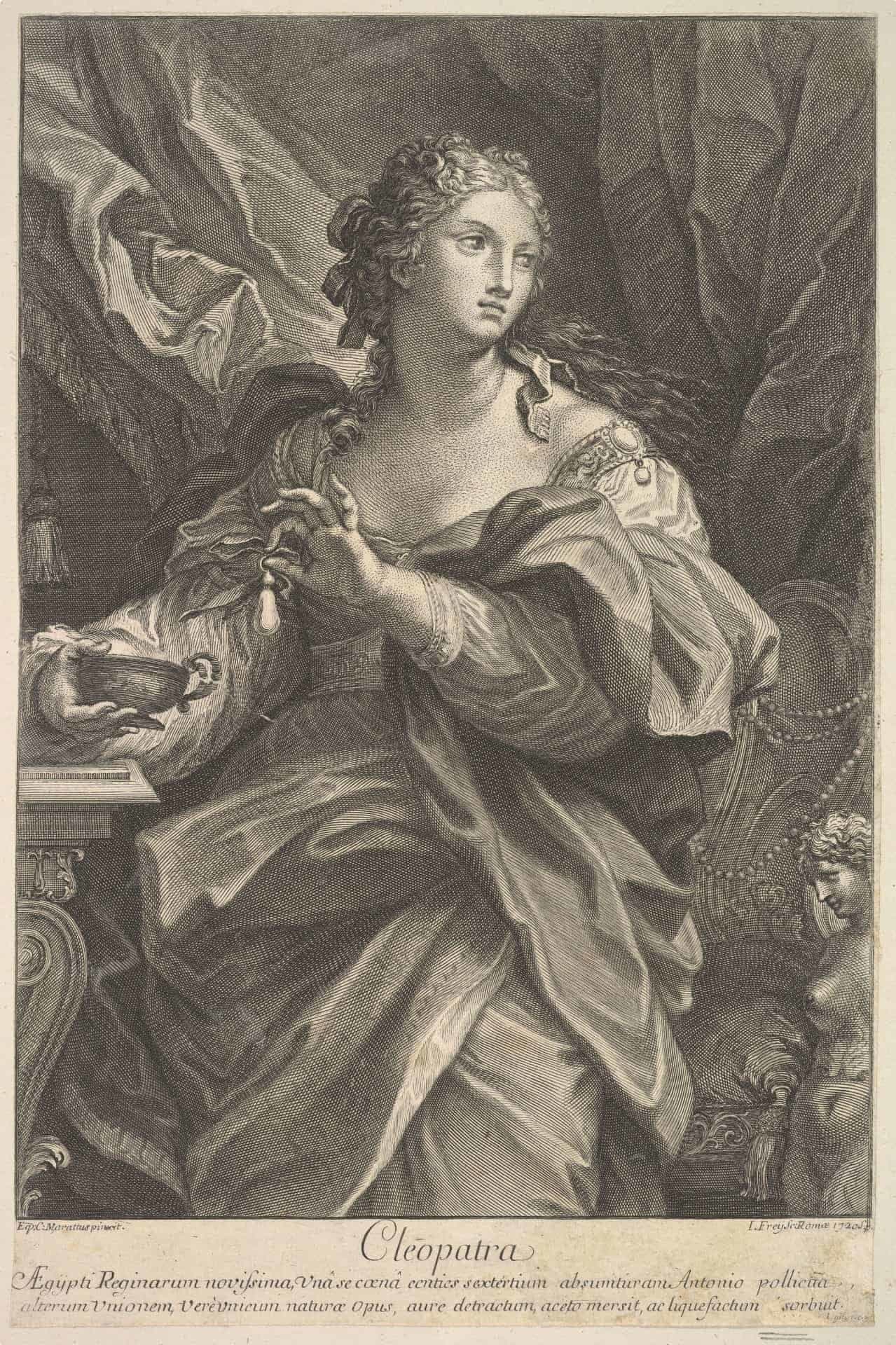
Rise of the Romans
The Ptolemaic Dynasty have had early relations with the Romans before the Romans took absolute control of Egypt. To illustrate, Ptolemy VI was aided by Rome during the siege of the Seleucid king Atiochus IV.
It wasn’t until Ptolemy XI Alexander II’s reign when Rome’s control over Egyptian political affairs became more overt. In 88 BC, Ptolemy XI gave both Egypt and Cyprus to Rome, and he was put on the throne by the Roman general Cornelius Sulla. Rome at this time was starting to grow in power, absorbing the Greek states in its path. The Ptolemies allied with the Romans and paid tribute in the form of grain and other resources in order to retain their power in Egypt.
The Ptolemies and the Romans became even more intertwined during the reign of Cleopatra. Cleopatra VII rose to the Egyptian throne in 51 BC, co-reigning with her younger brother Ptolemy XIII, until he and his advisers stripped her of the title of pharaoh and forced her into exile. Cleopatra allied with Julius Caesar to defeat her brother and regain the throne, which she succeeded in doing with the help of his forces. She and Caesar became lovers as well, and she bore him a son, Caesarion.
After Caesar’s assassination in Rome in 44 BC, Rome split between supporters of Caesar’s co-consul Mark Antony (Marcus Antonius) and Caesar’s adopted son and heir, Octavian (Gaius Octavius Thurinus). Cleopatra allied herself with Mark Antony, who also became her lover and husband. Their combined forces clashed with Octavian’s troops in the Battle of Actium in 31 BC. Octavian emerged victorious, allowing him to consolidate his power, and Cleopatra and Mark Antony retreated back to Alexandria to recuperate and plan their next move.
Octavian marched into Alexandria and claimed Egypt as a Roman province in 30 BC. Mark Antony’s troops began defecting to Octavian’s camp as the young military leader solidified his claim to the Roman throne. Sensing his imminent defeat, Mark Antony attempted suicide by falling on his sword. He survived long enough to be taken to Cleopatra to her mausoleum where she had sequestered herself, but died soon after.
Knowing she would be captured and publicly humiliated by Octavian, Cleopatra chose to commit suicide. Some historians claim she did this by allowing herself to be bitten by an asp (Egyptian cobra).

Cleopatra and Caesar’s 17-year-old son, Caesarion, nominally succeeded his mother to the throne as Ptolemy XV Caesar, but he was executed by Octavian after 11 days. With him died the Ptolemaic Dynasty. Octavian became Emperor Augustus (“revered”), and Egypt fell under the rule of the Roman Empire.
Roman Babylon

The Romans built a city-fortress they called Babylon on the east bank of the Nile River, the site of present-day Cairo. Babylon became the headquarters of Augustus’ garrison of three legions.
Egypt remained under Roman control for six centuries, and its history became irrevocably entwined with the faith of the Roman Empire. Christianity arrived in Egypt and spread by the second century. When the Roman Empire declined and the Byzantine Empire took its place, Emperor Constantine I governed Egypt from Constantinople.
Early in the 7th Century, Muslim forces ventured out of the Arabian peninsula and began a series of conquests that brought down the Sassanid Empire of Persia and took away precious territories from the Byzantines. ʿAmr ibn al-ʿĀṣ of the Rashidun Caliphate and his troops entered Egypt in 639 and took the Byzantine garrison cities of Pelusium and Belbeis.
In 640, they moved to the larger city of Babylon, where the Byzantines were better prepared to repel invading forces. While Pelusium fell after two months and Belbeis fell after a month, the Muslim forces had to surround Babylon for seven months and endure heavy fighting and negotiations that went nowhere. At the end of another failed negotiation, ʿAmr ibn al-ʿĀṣ finally decided to scale the wall of the city-fortress in a night assault in order to forcibly take the city.
Babylon fell in December 640. Alexandria was captured in 641, and the whole of Egypt fell under the rule of the Caliphate in 646.
Al-Fustat and Al-Qāhirah
‘Amr wanted to retain Alexandria as the capital of Muslim Egypt, but the Caliph Umar suggested to establish a new capital further inland to protect it from the flooding of the Nile and from Byzantine naval attacks. ‘Amr chose the area north of Babylon where he and his men had pitched their tents, hence the name Misr Al-Fustat, roughly “city of the tents”. ‘Amr built a mosque named after himself, the first mosque to be built in all of Africa. (Cairo will eventually earn the nickname “the city of a thousand minarets” due to the large number of mosques built inside the city under Arab rule.)
Al-Fustat grew in prosperity and remained the capital of Muslim Egypt for 500 years until the Fatimids invaded the country. The Fatimid Caliphate, originating from what is now Algeria, claimed they were descendants of Fatimah, daughter of the Prophet Muhammad, and controlled an empire ranging across North Africa, as far east as the Tigris River in Iraq, west to the coast of Sicily, south into Yemen, and north up to the Tauraus Mountains in southern Turkey.
Led by the general Jawhar, in 969 they invaded Egypt and in 973 established a walled city named Al-Qāhirah (“The Victorious”) or Cairo, two miles to the north of Al-Fustat, to serve as the enclave of the Fatimid Caliph. Chosen to be located slightly to the north of the Ibn Tulun Mosque (one of the oldest mosque’s in Egypt), the Muqattam hills rising to the east, and immediately to the west of the banks of the Khalii canal, this would be the new royal city, home to both the the rijal al sayf, the men of the sword or military, and the rijal al qalam, the men of the pen or administrator.
Less than a century after its foundation, according to the philosopher and traveller Nasir-i-Khusraw, ‘Cairo is a great city to which few cities can be compared’. There were eight imposing mosques in Cairo and the same number in Fustat. He estimated the sultan owned 20,000 shops in Cairo and the same number of houses in Fustat. These included communal houses of up to seven storeys, standing as forerunners of the city’s residential skyscrapers 1,000 years later. As for the caliphal palace, it boasted a retinue of 30,000, including 12,000 servants and 1,000 foot and horse guards.
Fatimid Cairo was an urban marvel, and in time became the greatest city in the Islamic world. Two opulent palaces stood at the heart of the walled imperial capital. The Great Eastern Palace was a complex of buildings enlarged by successive rulers. It rambled magnificently over nine hectares and boasted imperial proportions – nine gates, 4,000 rooms and a western façade 345 metres long. There were even gardens stocked with rare birds and exotic animals. Opposite the Eastern Palace was the smaller Western Palace, designed to accommodate Bayn al Qasrayn, literally ‘Between the Palaces’, a huge esplanade measuring 255 metres by 105 metres, the centrepiece of lavish Fatimid ceremonial and large enough to hold 10,000 cavalry.
Behind this rapid rise to greatness and prosperity was trade. During the two centuries of Fatimid rule from 969 to 1171, Al-Fustat and Cairo together became the great entrepôt of the West and a major player in the commerce between the Mediterranean and India, with all the world – its goods and its people – coming to Cairo.
For 200 years after Cairo’s founding as the imperial capital, Egypt’s administrative centre remained in Al-Fustat. However, when the Crusaders began a series of invasions into Egypt, Al-Fustat was set on fire in 1168 to prevent its capture. Although the fire did not completely destroy the city and it persisted thereafter, it did signify the onset of its decline. In the ensuing centuries, Cairo, once a palace-city, emerged as the new economic hub, drawing migrants away from Al-Fustat.

Cairo as Capital
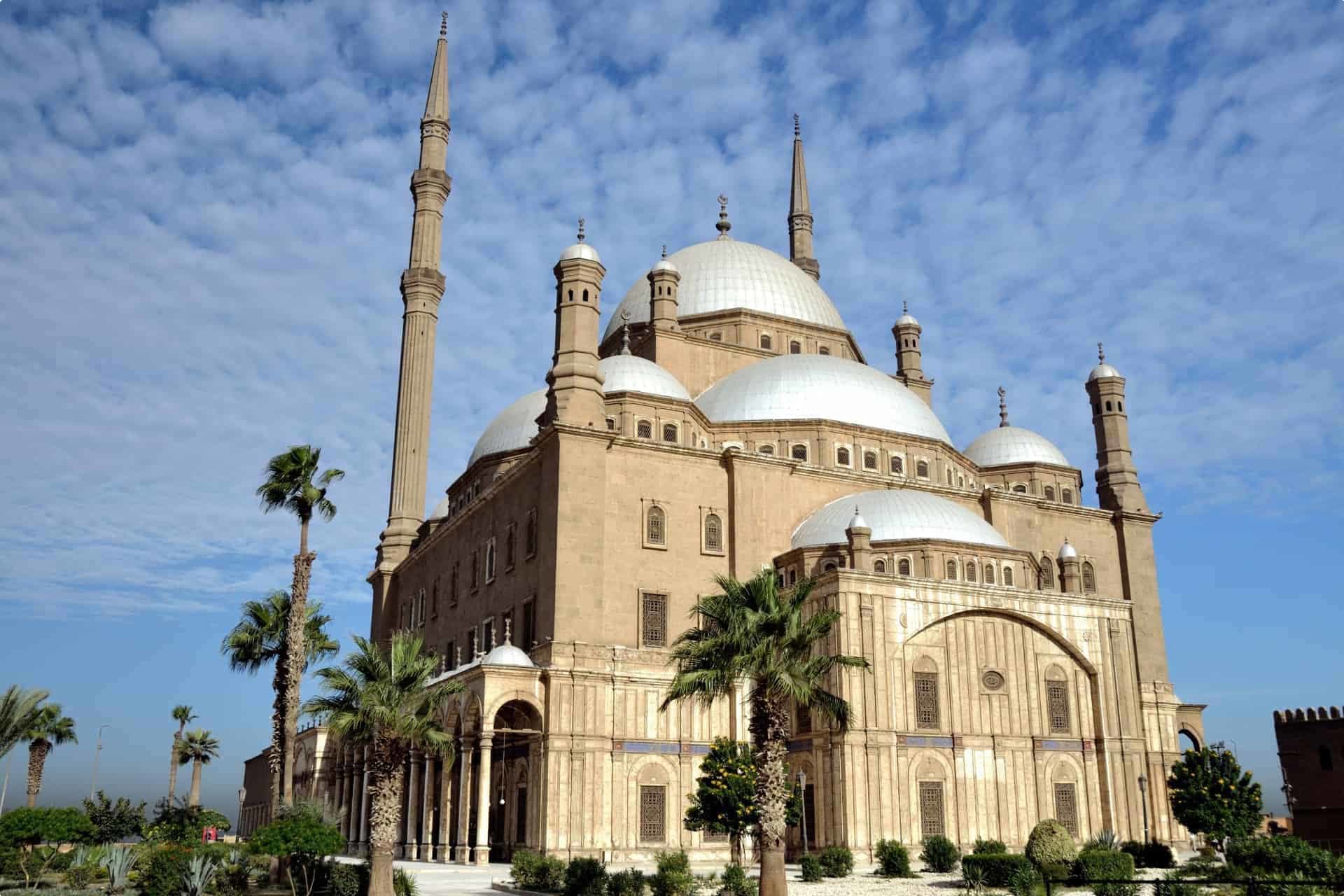
Although the Crusaders failed to capture the city in 1168, it prolonged an existing power struggle, leading ultimately led to the downfall of the Fatimid regime. The final Fatimid caliph, al-‘Āḍid, spent his reign (1160-1171) as a puppet of various strongmen who served as vizier (chief advisor). Eventually, from 1169, the new vizier known as Saladin began to directly undermine the Fatimid establishment, quickly consolidating his own hold over Egypt. Progressively, he abolished the state religion in favour of Sunni Islam, culminating with the overthrow of the Fatimid regime in Egypt 1171, replaced by the Ayyubid dynasty, officially aligned with the Sunni Abbasids, based in Baghdad.
Now as Sultan of Egypt, Saladin began construction of the Cairo Citadel. Built between 1176 and 1184. It became the greatest fortress in the Middle East and the seat of government in Egypt until the late nineteenth century. From these ramparts generations of Ayyubids, Mamluks, Ottomans and the khedival rulers held sway. And with the exception of the hiccoughs that were the Fifth Crusade (1217–21), the Seventh Crusade (1248–54) and the Alexandria Crusade (1365), Egypt would be free of Frankish invaders until Napoleon’s arrival in 1798.
Expanding over the centuries to include Al-Fustat’s ruins and other settlements, Cairo has been transformed into the vibrant metropolis we know today. It remained Egypt’s capital through centuries of foreign rule and the years of the country’s independence beginning in 1922.
Grand Egyptian Museum
Though Cairo is about to be dethroned as Egypt’s capital, it will be unveiling an incredible billion-dollar tourist attraction next year.
The new museum in Cairo, Grand Egyptian Museum, a project announced in 1992 and initially scheduled to open in 2012 (though delayed in part by the “Arab Spring” protests), will be officially open to the public by October 2020. Sitting on 120 acres offering panoramic views of the pyramids of Giza, it will be, as CNN Travel describes, “the largest museum dedicated to a single civilization”. Private tours, costing, according to the Financial Times, $350 per head, allows a select few to see the behind-the-scenes conservation efforts within the museum laboratory, the artefacts from Egyptian antiquities displayed without the glass casing as they are prepared by museum conservators. The new museum will be housing around 100,000 artefacts, 20,000 of which will be on display for the first time, giving the public deeper appreciation of ancient Egyptian history. It will also be the new home of all of King Tutankhamun’s artefacts, including those previously housed in Cairo’s Egyptian Museum. The lobby will feature the 30-foot statue of Ramses II, greeting visitors as they enter the vast structure. This will definitely be one of the highlights of Egypt.
With Egypt’s feverish development of the new NAC, Cairo once again sits at history’s juncture. The Cairenes—and the world—can only wait for what the future holds.
Odyssey Traveller organises small-group educational tours to Cairo for the active senior traveller, allowing participants to learn more about Egypt’s ancient history. Step back in time with a tour of Old Cairo and take a relaxing cruise down the Nile River.
Originally published on September 14, 2018
Updated on November 20, 2019, and again on April 9, 2024.
Related Tours
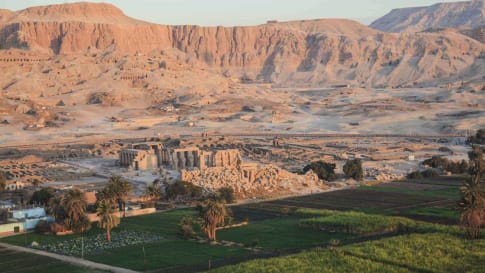
18 days
Nov, JanEgypt tour: escorted small group history & cultural tour of Egypt
Visiting Egypt
Our small group program for senior and mature couples and solo travelers takes us to contemporary feats such as the Aswan Dam and also to current crucibles of the Egyptian experience such as Tahrir Square. Proof, were it needed, that Egypt’s role as the pivot of civilisation is far from ended. There is the opportunity to visit our Morocco, Jordan or Iran tours before embarking on this tour of Egypt.
From A$12,950 AUD
View Tour



